Are you thinking about starting a fish hatchery? If so, you’ll need to create a business plan. This document will outline your business goals, strategies, and how you plan on achieving them. Starting a fish hatchery can be a profitable business, but going into it with a solid plan is important. Keep reading to learn more about what you’ll need to include in your fish hatchery business plan.
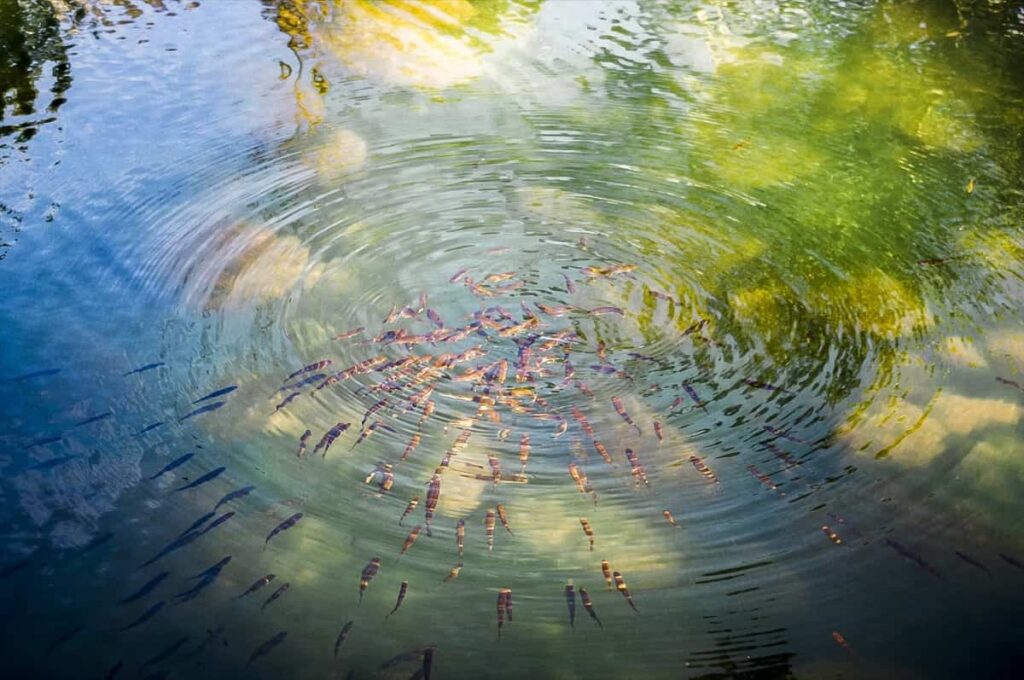
Fish hatchery business plan
What is a fish hatchery?
It is a facility where fish are bred and raised. Hatcheries produce eggs that are hatched into fry, then raised to adulthood. Some hatcheries also produce juveniles ready to be stocked into ponds, lakes, or rivers. There are many different types of fish hatcheries, each with its method of operation. Some hatcheries use natural methods, such as collecting wild fish eggs and incubating them in gravel beds. Other hatcheries use artificial methods, such as artificially fertilizing eggs and raising the fry in tanks.
Hatcheries can be either public or private. State or federal agencies usually run public hatcheries, and their primary purpose is to stock waterways with sport fish species. Private hatcheries typically supply commercial fisheries or aquaculture operations. Fish hatcheries vary in size from small operations that produce a few thousand fish per year to large commercial facilities that produce millions per year.
In case you missed it: How to Start an Organic Farming in Sikkim: Business Plan, Cost, Profit, Challenges, Pests, and Disease Management
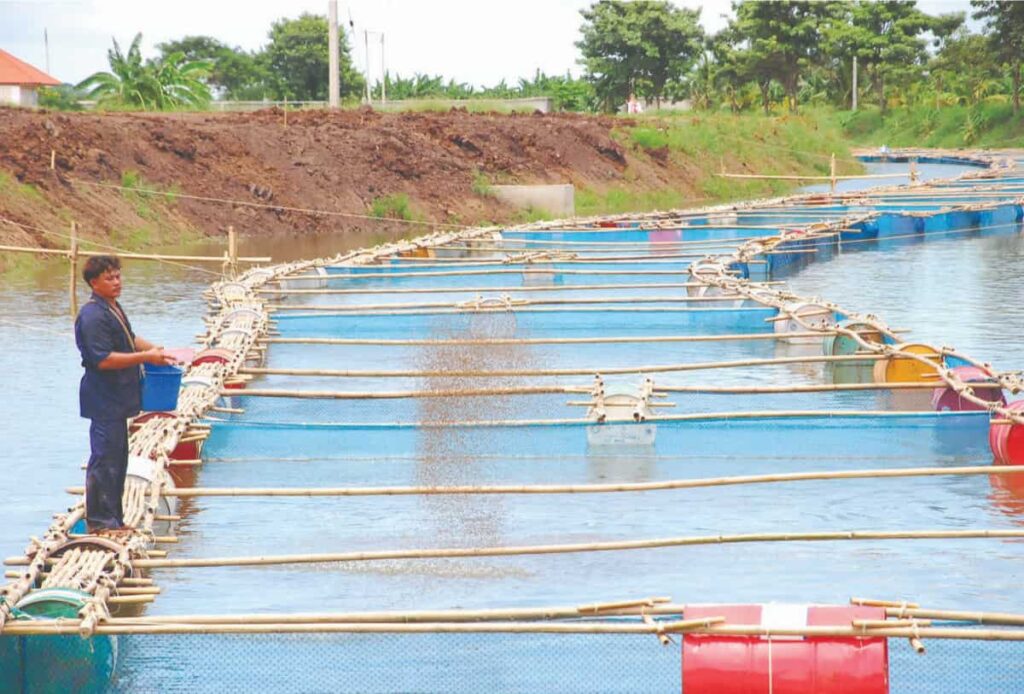
The different types of fish hatcheries
There are many different fish hatcheries, each with unique advantages and disadvantages. Below, we’ll look at the most common types of fish hatcheries to help you decide which fish variety is right for your business plan.
1. Salmon Hatcheries
Salmon hatcheries are one of the most popular fish hatcheries in operation today. Salmon are highly valued for their commercial and recreational value, making them a popular choice for many hatchery businesses. Salmon hatcheries can be located in freshwater and marine environments, though they are more commonly found in freshwater systems.
2. Trout Hatcheries
Trout hatcheries are another popular type of fish hatchery. Like salmon, trout are highly prized for their recreational and commercial value. Trout can also be found in freshwater and marine environments, though it is more commonly found in freshwater systems. Trout hatcheries often specialize in producing specific subspecies of trout, such as brown trout or rainbow trout.
3. Bass Hatcheries
Bass hatcheries are another common type of fish hatchery. Bass are popular sportfish that are highly valued for their recreational value. Bass can be found in freshwater and marine environments, though they are more commonly found in freshwater systems. Many bass hatcheries specialize in producing largemouth bass or smallmouth bass.
- Catfish Hatcheries
- Tilapia Hatcheries
- Rohu Hatcheries
- Carp Hatcheries
- Murrel Hatcheries
- Catla Hatcheries
- Tengra Hatcheries
The above are some common types of hatcheries in the world. However, there is much another fish type of hatcheries depending on the country where you start your business.
In case you missed it: Farming with Animals: How to Start, Business Plan, Cost, Profit, and Benefits
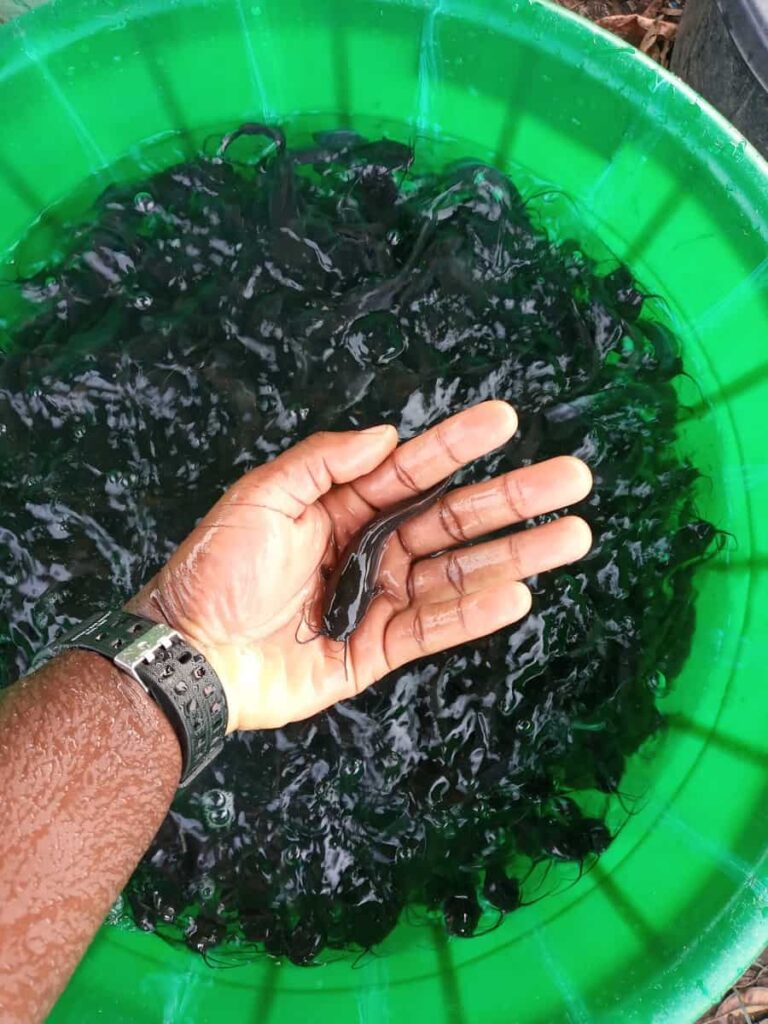
Benefits of starting a fish hatchery business
Starting a fish hatchery may be the perfect option if you are looking for a new business venture that can be both profitable and enjoyable. Not only will you get to start with various fish species, but you will also be able to provide a valuable service to your community. Here are a few of the many benefits that come with starting a fish hatchery business:
1. Enjoyable Work Environment: If you love working with animals and being outdoors, a fish hatchery job is sure to be enjoyable. You’ll experience the satisfaction of watching your fish grow and thrive while meeting like-minded individuals who share your passion for fisheries.
2. Lucrative Business Venture: Fish hatcheries can be quite profitable, especially if you are located in an area with a high demand for fresh seafood. In addition to selling your fish to local restaurants and markets, you can also ship your products all over the country (or even internationally), which opens up even more potential revenue streams.
3. Make a Difference: By starting a fish hatchery, you’ll run a successful business and play an important role in preserving our natural resources. Fish hatcheries help maintain healthy fish populations by releasing juvenile fish into lakes and rivers where they can grow and reproduce. This is essential for keeping our waterways clean and healthy for future generations.
Fish hatchery business plan
If you’re thinking about starting a fish hatchery, there are a few points you want to keep in mind before getting started. First, you’ll need to develop a business plan. This should include an overview of your business, target market, financial goals, and marketing strategy. Next, you’ll need to choose the right location for your hatchery. You’ll want to consider factors like climate, water availability, and proximity to potential customers.
Once you’ve chosen a location and developed a business plan, you’ll need to obtain the necessary licenses from the state and local government. This can be lengthy and complicated, so research is important. Finally, you’ll need to build the actual hatchery. This includes selecting the right type of tanks and filtration systems, stocking the hatchery with fish, and ensuring the facility is clean and well-maintained. By following these important steps, you can ensure that your fish hatchery business is successful.
In case you missed it: Plant Nursery Business Plan in India: Startup Costs, Profit, License, and Taxes
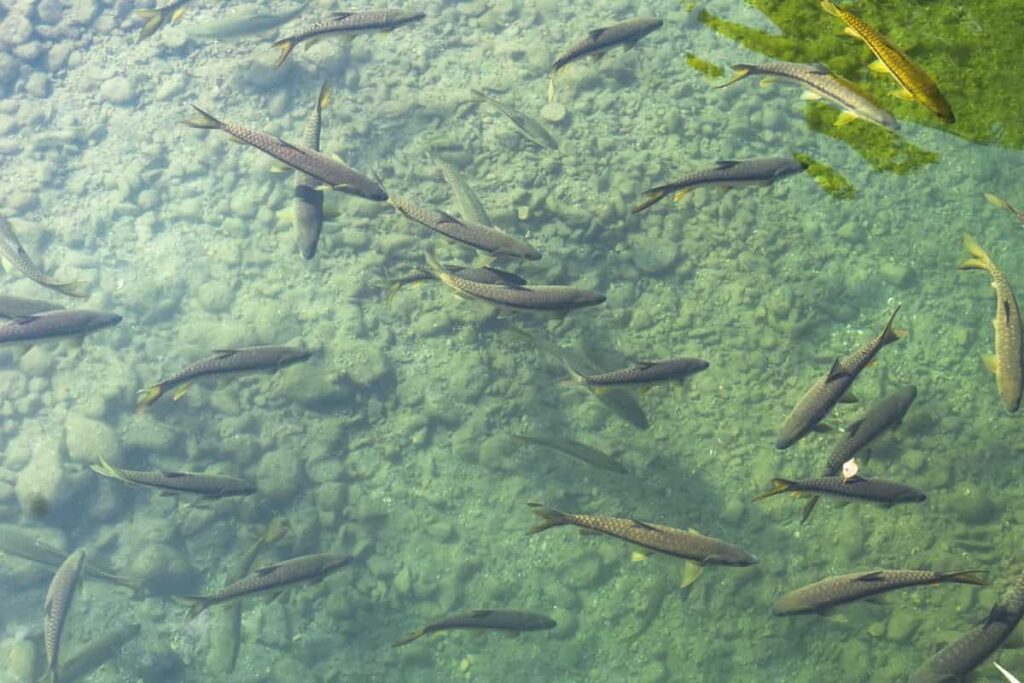
Cost to start a fish hatchery business
The cost of starting a fish hatchery business can change depending on the type of fish you intend to raise, the size and location of your operation, and the equipment and buildings you need. Raising trout is generally considered the most expensive option due to the need for specialized facilities and equipment. Salmon are also relatively costly to raise, while tilapia can be grown in more basic environments and thus is usually less expensive.
To get started, you will need land to build your hatchery facilities. The cost of this will depend on the site size and location. You will also need to construct ponds or tanks to rear your fish, filters, and other necessary infrastructure. The price of all this can add up quickly, so it’s important to research and ensure you have a clear understanding of the costs involved before you start.
How to start a fish hatchery business
If you’re considering starting a fish hatchery business, there are a few points you want to know before getting started. First, you’ll need to develop a business plan. This will help you determine the start-up costs for your business and the ongoing costs of running the hatchery. Additionally, you’ll need to decide what fish variety you want to raise and whether you want to focus on fresh or saltwater species. Once you’ve decided on these key components, you can begin to develop your business plan and get started on the path to success!
What equipment do you need for a fish hatchery?
- A large tank or pond for holding the fish
- An aeration system to keep the water oxygenated
- A filtration system to keep the water clean
- Heating lamps or a heater to maintain the water temperature
- Feeding tanks and feeders
- Spawning tanks
- Incubators
- Larval rearing tanks
How to market your fish hatchery business
The most important part of marketing your fish hatchery business is ensuring a solid business plan. This means knowing your target market, production costs, and expected profit margin. Once you have this data, you can start creating a marketing strategy to help you reach your goals. Creating a website is one of the best methods to market your fish hatchery business. This will give potential customers a place to learn more about your company and what you offer.
In case you missed it: Agricultural Business Plan: How to Start, and Profitable Ideas
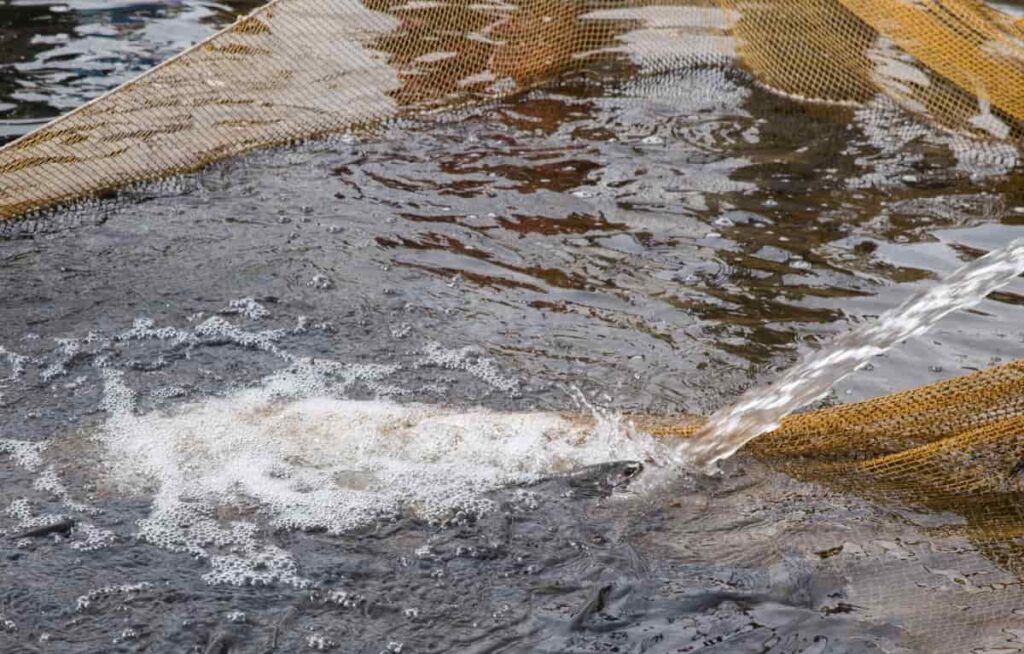
Be sure to include plenty of photos and informative content so visitors can get a feel for your work. You should ensure that your website is easy to navigate so that people know the information they need quickly and easily. Another great way to market your fish hatchery business is through social media. This can be an excellent method to connect with potential customers and build interest in your company.
Be sure to post regularly and interact with your followers so that they stay engaged with what you’re doing. Finally, don’t forget the power of word-of-mouth marketing. If people enjoy their experience with your company, they’re likely to tell their friends and family about it. This can be the most effective marketing form, so ensure you provide excellent customer service and produce high-quality products.
Profits in the fish hatchery business
The fish hatchery business is quite profitable. The main factors contributing to the profitability are the increasing demand for fish and the high price of fish. Other than these, some operational aspects make fish hatchery businesses more profitable. For instance, a well-managed hatchery can produce more fish with less feed and fewer water changes.
This results in lower production costs and hence higher profits. In addition, a good location can also help increase profits. A hatchery near a market or urban area will have easier customer access, resulting in higher sales and profits.
In case you missed it: Lobster Farming Business Plan: Cultivation Practices, Breeding to Harvesting

Conclusion
The fish hatchery business plan is a comprehensive guide to starting and running a successful fish hatchery. It covers everything from choosing the right location to stocking your ponds with the right fish. If you’re serious about starting a fish hatchery, this plan is essential.
- How to Raise Pigs in Your Own Backyard: A Comprehensive Guide
- Budget Friendly Sheep Shed Ideas: Cheap and Low-Cost Tips
- How Much Do Cattle Farmers Make: Revenue Streams in Cattle Farming
- Management Pests and Diseases in Your Cotton Field
- Sheep Farming Business Plan for Beginners
- Aquaponic Farming at Home: A Step-By-Step Guide
- Profitable Village Farming Business Ideas in 2024
- High-Yield Aquaculture: Fast-Growing Fish for Farming
- Effective Fish Pond Construction Techniques for Beginners
- Irrigation and Water Management in Pineapple Farming
- Blossom to Harvest: Mastering Flowering and Pollination in Papaya Farming
- Pig Fattening Essentials: From Selection to Sale for Beginners
- Raising Wagyu Cattle: A Complete Guide for Premium Beef Production
- Soil Types and Their Water Holding Capacity
- Optimizing Irrigation Schedules for Coconut Groves for Enhanced Yield
- Espresso Your Garden: Coffee Grounds for Healthier Acid-Loving Plants
- The Best Soil Mix for Snake Plants: How to Mix Your Own Snake Plant Soil
- Green Thumb Success: Expert Tips for Cultivating Greenhouse Beans All Year Round
- Bloom All Year Round: The Ultimate Guide to Indoor Hyacinth Care
- Eco-Friendly Gardening: How to Make Liquid Fertilizer from Kitchen Waste
- Ultimate Guide to Grow Anise in Pots: Explore Seed Propagation to Harvesting
- Guide to Raising Chester White Pigs: Discover Breed Facts to Growth Management
- Mastering the Elegance: The Ultimate Guide to Weeping Cherry Tree Care, Planting, and Maintenance
- Ultimate Guide to Planting Garlic in Grow Bags: Growing Strategies for Beginners
- How to Fix Spider Plant Leaf-Related Problems: Natural and Organic Remedies
- 10 Reasons Why Your Tulsi Plant is Shedding Leaves: Home Remedies and Solutions
- Optimizing Growth and Yield: The Advantages of Palm Bunch Ash Fertilizer
- Utilizing Neem Oil Extract as a Natural Pesticide for Hydrangea
- From Soil to Harvest: Various Ways in Which Farmers Can Use AI Tools
- Steps to Encourage and Induce Citrus Flowers: A Comprehensive Guide
- How to Fix Snake Plant Leaf-Related Issues: Natural and Organic Remedies
- Transform Your Garden into a Fragrant Oasis with Raat Ki Rani (Night Blooming Jasmine)
- Discover the Ideal Chicken Breeds for Philippine Farms
- How to Create a Poultry Egg Farm Business Plan for Profits
- Grow Lemon Cucumbers Like a Pro: Insider Techniques for Bountiful Yields
- Ultimate Guide to Caring for Your Pink Princess Philodendron: Tips for Thriving Variegation
